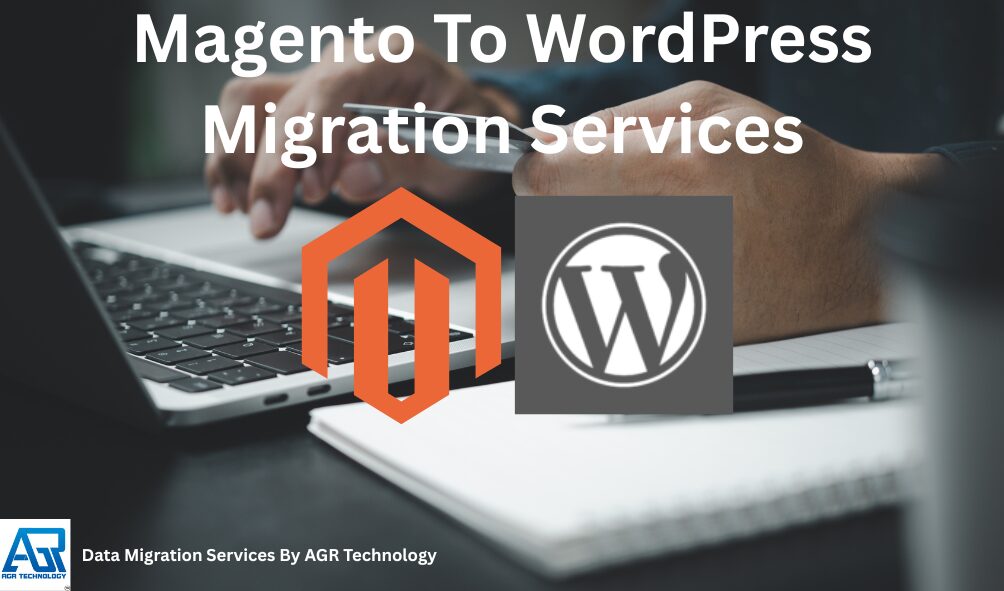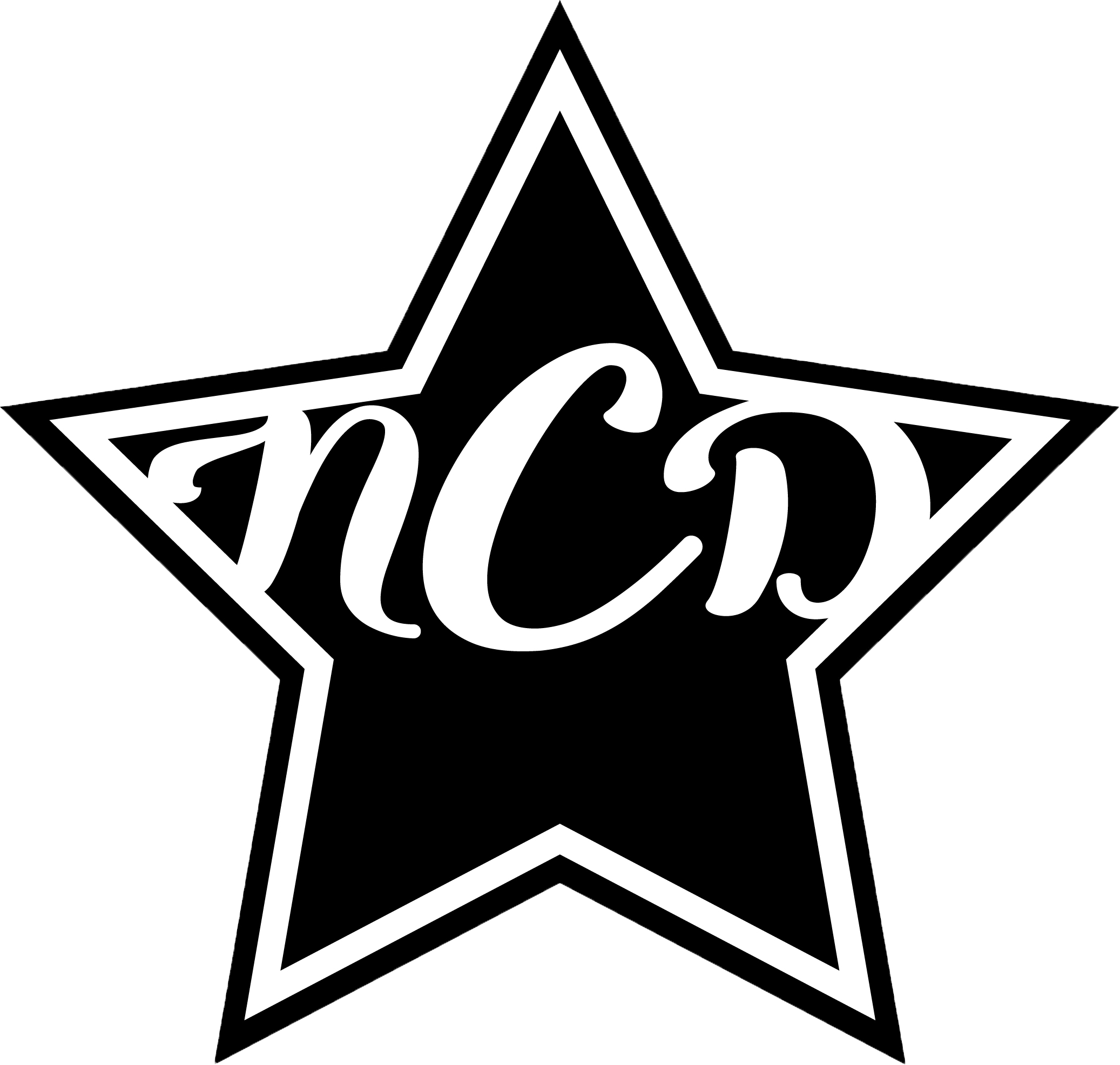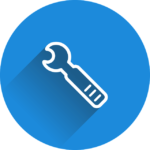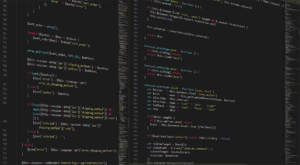Stuck maintaining a heavy Magento stack when you’d rather move faster on WordPress and WooCommerce? We get it. Many store owners want lower costs, simpler management, and a flexible CMS, without risking SEO, data integrity, or revenue.
We’ll show when re-platforming to WordPress makes sense, how we plan and execute the move, and what we do to preserve rankings and performance. If you want experienced hands to handle the heavy lifting, AGR Technology can run your Magento to WordPress migration end‑to‑end.
Get into contact with us
Helping drive results for our clients of all sizes


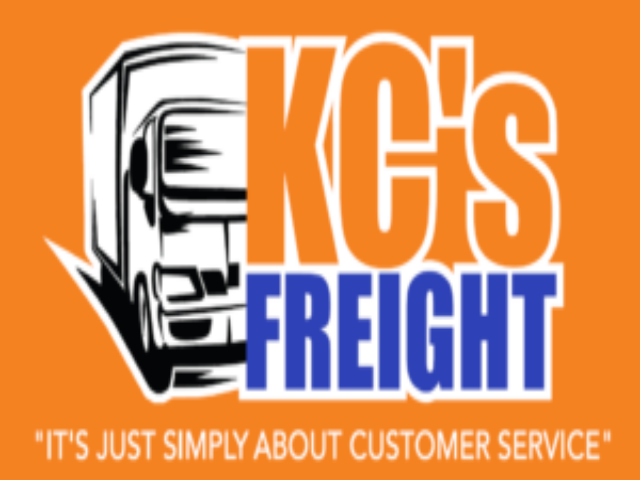



What our clients are saying
Why work with AGR Technology for your website needs?
When Moving From Magento To WordPress Makes Sense

WordPress with WooCommerce is a strong fit when you need content flexibility and lower total cost of ownership without sacrificing eCommerce essentials.
Good reasons to replatform:
- You’re paying too much for hosting, maintenance, extensions, or development on Magento.
- Marketing needs a proper CMS (Gutenberg/Block Editor) for landing pages, blogs, and SEO without dev bottlenecks.
- Your team wants a simpler admin UI and a larger plugin ecosystem.
- You don’t need Magento‑specific enterprise features or custom order workflows anymore.
- Performance is lagging and you want a faster storefront with modern caching/CDN.
What you can expect with WordPress/WooCommerce:
- Easier content publishing, custom fields (ACF), and reusable blocks.
- A wide choice of themes and builder workflows while keeping code clean.
- Lower maintenance overhead and faster iteration cycles.
- Strong SEO toolkit, including fine‑grained control of permalinks and metadata.
If you’re running highly complex multi‑warehouse or heavy B2B pricing logic, we’ll review requirements first and confirm whether WooCommerce or a hybrid approach is right. Our goal is to move you to a platform that fits, not force a change.
Plan Your Migration
Every successful migration starts with scoping. We run a structured discovery to cut risk and protect revenue.
What we assess:
- Catalog complexity: products, variations, attributes, custom options, bundles, grouped products.
- Content: CMS pages, blog posts, media, categories, tags, custom post types.
- Customers and orders: import depth (e.g., 24–36 months), guest vs. registered users.
- Integrations: ERP, CRM, marketing automation, email, accounting, shipping, and tax services.
- Payments and compliance: PCI scope, SCA/3‑D Secure, fraud tools.
- SEO inventory: current URLs, internal links, schema, sitemaps, canonicals.
- Performance constraints: page speed, TTFB, image weight, server resources.
Project setup:
- Timeline and phases (typical SMB migrations: 3–8 weeks depending on complexity).
- Rollback plan and parallel‑run options.
- Clear responsibilities and comms cadence.
- Staging environment and access controls.
Deliverables you’ll receive:
- A migration plan with scope, approach, and budget.
- A URL mapping strategy with SEO safeguards.
- A test plan that covers data integrity, payments, and core storefront flows.
Want us to map this out for you? Ask AGR Technology for a free migration assessment and a fixed‑scope proposal.
Prepare Magento Data And URL Assets
Preparation reduces surprises later.
Data and structure checklist:
- Export catalog: products, categories, attributes, media, URL keys, and visibility.
- Normalise attributes: decide what becomes product attributes vs. custom fields.
- Clean data: remove orphaned media, deprecated attributes, and test records.
- Customer and order scope: define how much history to bring across.
- URL inventory: export all Magento URLs (products, categories, CMS pages) with status codes and canonical targets.
- Content audit: identify pages to merge, retire, or rewrite for WordPress.
We also identify any Magento‑specific logic (tier pricing, tax rules, shipping methods) so we can replicate it cleanly in WooCommerce or via extensions.
Migration Methods And Step-By-Step Workflow
Select An Approach
We’ll recommend the safest path based on your store:
- Connector‑based migration (e.g., Cart2Cart, API/CSV pipelines) for standard catalogs.
- Custom ETL for complex catalogs, bundles, and bespoke attributes.
- Phased migration if you need a parallel run before cutover.
Build The Staging Site
- Provision WordPress/WooCommerce on a hardened staging server.
- Install required extensions (payments, shipping, tax, SEO, backups, security/WAF).
- Configure permalinks, currency, tax classes, and base settings.
Map Data And Taxonomies
- Translate Magento categories and attributes into WooCommerce categories, tags, and product attributes.
- Define custom post types and ACF fields for non‑standard data.
- Set slug conventions and permalink structures to align with your 301 strategy.
Import Products, Customers, And Orders
- Run trial imports (catalog → customers → orders) and validate sample sets.
- Migrate images, galleries, downloadable files, and related/upsell/cross‑sell links.
- Re‑index, regenerate thumbnails, and verify stock statuses and pricing.
Recreate Theme, Menus, And Widgets
- Build a lightweight, accessible theme aligned to your brand.
- Recreate global elements: header, footer, navigation, and mega menus.
- Port CMS content and blog posts: replace shortcodes and custom blocks where needed.
- Carry out core templates: product page, category archive, cart, checkout, account pages.
Payments, Taxes, Shipping, And Compliance
- Configure gateways (Stripe, PayPal, Braintree, or local bank options) with SCA/3‑D Secure where relevant.
- Mirror tax rates and classes: confirm calculation parity on edge cases.
- Set shipping zones, methods, live rates, and label printing.
- Reduce PCI scope (SAQ‑A) by using hosted fields or redirect flows.
- Add privacy/cookie controls and ensure terms, refunds, and policies are current.
Quality Assurance And Go-Live Checklist
- Validate critical paths: browsing, search, add‑to‑cart, checkout, refunds, account creation.
- Confirm email templates (order, shipping, password reset) and SPF/DKIM.
- Crawl the staging site for broken links, missing images, and schema coverage.
- Load testing on key pages: tune caching, CDN, and object cache (e.g., Redis).
- Finalise 301s, robots.txt, and XML sitemaps before launch.
Prefer we run this end‑to‑end? Book AGR Technology to handle the full migration with a single point of contact and weekly status updates.
Preserve SEO And Site Performance
Losing rankings isn’t an option. We plan SEO from day one.
301 Redirect Strategy And URL Mapping
- One‑to‑one redirects from Magento URLs to their new WordPress equivalents.
- Consolidate thin or duplicate URLs to the best canonical target.
- Maintain query parameters where necessary and avoid redirect chains.
- Pre‑launch validation with a full crawl and redirect testing.
Metadata, Schema, Sitemaps, And Analytics
- Preserve titles, meta descriptions, and H1s: improve where appropriate.
- Carry out schema.org Product, BreadcrumbList, and Organization markup.
- Generate clean XML sitemaps and submit via Google Search Console.
- Ensure GA4 and server‑side events (if used) are tracking ecommerce actions.
- Keep canonical tags accurate to prevent duplicate content.
Handling Discontinued Or Consolidated Products
- Redirect to nearest equivalent product or parent category with clear messaging.
- Keep legacy product pages live with “out of stock” + related alternatives if they attract organic traffic.
- Use 410 for truly obsolete content that shouldn’t be replaced.
Performance best practices we apply:
- Server‑level caching, HTTP/2 or HTTP/3, CDN, and image optimisation (WebP, lazy‑loading).
- Lightweight theme and selective plugin use: no bloat.
- Database/object caching and scheduled housekeeping to keep the site fast.
Launch And Post-Migration Operations
Functional, Data, And Performance Testing
- Final data delta import (new orders/customers created since initial migration).
- Live transaction tests in a sandbox and then with a low‑value real charge.
- Production crawl to check 200/301/404 distribution and Core Web Vitals.
Security Hardening And Backups
- Enforce strong auth, 2FA, least‑privilege roles, and per‑environment credentials.
- WAF, bot protection, reCAPTCHA/hCaptcha on forms, and rate limiting.
- Daily off‑site backups with verified restore tests.
- Keep WordPress, plugins, and themes patched: use auto‑updates where safe.
Monitoring, Error Cleanup, And Iteration
- Set up uptime monitoring and error logs (PHP, web server, application).
- Watch Search Console for crawl errors, structured data warnings, and coverage.
- Review analytics weekly post‑launch: conversion rate, checkout errors, top landing pages.
- Prioritise quick wins: internal link fixes, copy tweaks, and template refinements.
AGR Technology can also provide ongoing care plans covering updates, security, performance, and CRO so you’re not left maintaining it all yourself.
Conclusion
Replatforming from Magento to WordPress/WooCommerce can cut costs, simplify your stack, and give your marketing team the control they’ve been asking for, if it’s planned and executed carefully.
What we bring:
- Repeatable process that protects SEO and data.
- Technical depth across catalogs, payments, tax, and integrations.
- Clear communication, fixed‑scope options, and a rollback plan you can trust.
If you’d like us to assess your store, we’ll map your data, review your URLs, and provide a practical migration plan and quote. Contact AGR Technology for a free migration assessment and timeline estimate. We’ll make the move safe, fast, and measurable.
Frequently Asked Questions
What’s the best way to preserve SEO during a Magento to WordPress migration?
Plan SEO from day one. Create a one‑to‑one 301 redirect map, keep or improve titles, meta descriptions, H1s, and schema, and ensure accurate canonicals. Pre‑launch, crawl and validate redirects, fix chains, and ship clean XML sitemaps to Search Console so rankings and equity carry over.
How long does a Magento to WordPress migration typically take?
For most SMB stores, the project runs 3–8 weeks depending on catalog complexity, integrations, and theme work. A structured plan includes discovery, staging build, trial imports, QA, 301 mapping, and a final delta import before launch, with rollback and parallel‑run options to reduce operational risk.
Can WooCommerce handle complex catalogs and B2B requirements?
Often yes, with the right architecture. Complex catalogs may need custom ETL, tailored attributes, and selective extensions. For heavy B2B pricing, multi‑warehouse, or unique order workflows, your requirements are reviewed; WooCommerce or a hybrid approach is recommended to fit capabilities without forcing compromises.
What data is migrated, and how is integrity validated?
Products, categories, attributes, media, customers, and orders (commonly 24–36 months) are migrated, including related/upsell/cross‑sell links. Teams run trial imports, validate samples, re‑index, regenerate thumbnails, and verify stock, pricing, taxes, and email flows. Full QA covers browsing, checkout, and refunds before cutover.
Will there be downtime, and how do you minimize launch risk?
Downtime can be minimal. Build on staging, run trial imports, and use phased or parallel runs. Before launch, finalize 301s, sitemaps, and caching, perform a delta import, and test live transactions. Keep a rollback plan, monitor errors and Search Console, and patch quick wins post‑launch.
Related resources:

Alessio Rigoli is the founder of AGR Technology and got his start working in the IT space originally in Education and then in the private sector helping businesses in various industries. Alessio maintains the blog and is interested in a number of different topics emerging and current such as Digital marketing, Software development, Cryptocurrency/Blockchain, Cyber security, Linux and more.
Alessio Rigoli, AGR Technology
![logo-new-23[1] logo-new-23[1]](https://agrtech.com.au/wp-content/uploads/elementor/thumbs/logo-new-231-qad2sqbr9f0wlvza81xod18hkirbk9apc0elfhpco4.png)
